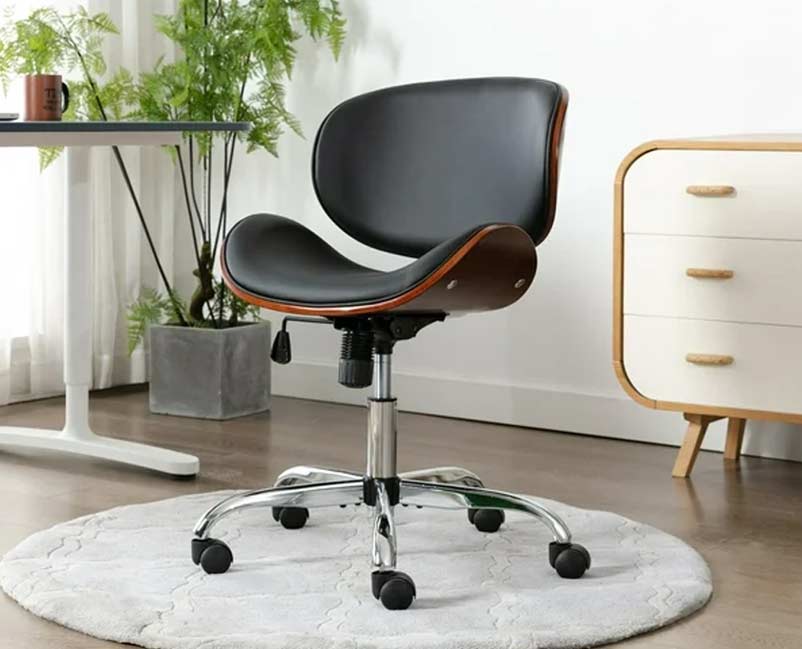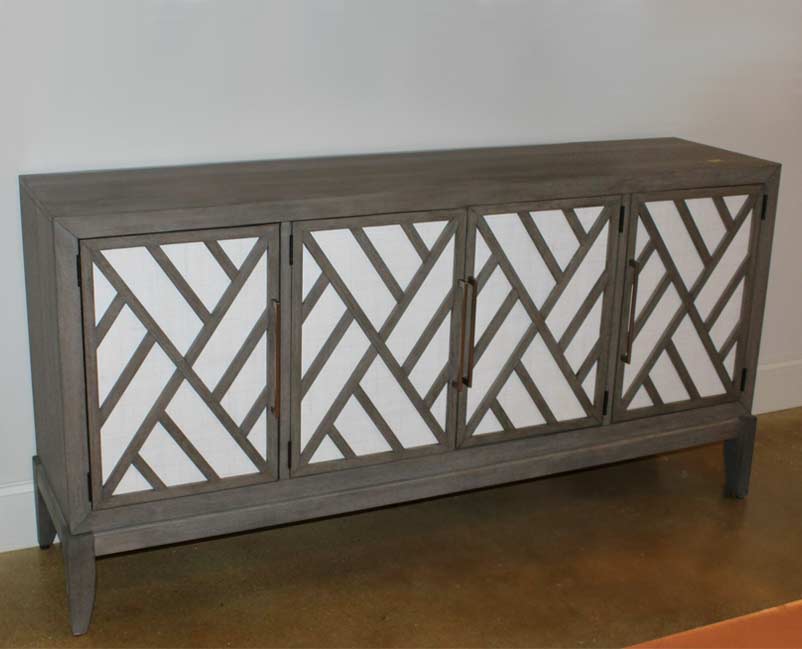FAQ When
Shopping For
Home Office Furniture
It’s essential to assess both the dimensions of the room and its primary functions. Start by measuring the length and width of the area where you intend to place your furniture. Furniture always looks smaller in the store than it does in your home, so knowing the exact amount of space you are working with avoids any size-related headaches.
When considering the size of your dining table, it’s essential to factor in how many people will typically be seated for meals. This depends on your household size and any frequent guests you may entertain. A general rule of thumb is to allocate about 24 inches of table width per person for comfortable dining. For example, a 6-foot table can usually accommodate six to eight people comfortably, while an 8-foot table can seat eight to ten. Extending tables or adding leaves can provide flexibility for larger gatherings. It’s also crucial to consider the dimensions of your dining area to ensure there’s ample space for both the table and chairs, allowing easy movement around the room.
Size and Space: Assess the available space in your home office to determine the appropriate desk size. Consider both the dimensions of the room and the layout of existing furniture. Ensure the desk fits comfortably in the space without overcrowding or obstructing movement. Desks come in various shapes, including rectangular, L-shaped, and corner desks. Choose a shape that maximizes functionality and complements the layout of your home office. L-shaped or corner desks are ideal for utilizing corner spaces and providing ample work surface area.
Functionality: Determine how you will use the desk and what features are essential for your workflow. Consider factors such as built-in storage options (such as drawers, shelves, or cabinets), cable management solutions, and integrated power outlets or USB ports. Choose a desk with features that enhance productivity and organization in your workspace. Consider how many monitors you will have and whether or not you want them to be on the desk or mounted on a wall.
Style: Select a desk that reflects your personal style and complements the decor of your home office. Whether you prefer traditional, contemporary, or industrial design, choose a desk that harmonizes with the overall aesthetic of the room.
Ergonomics: Prioritize comfort and ergonomics when choosing a desk, especially if you spend long hours working at your computer. Look for adjustable features such as height, keyboard tray, and monitor shelf to ensure proper ergonomic positioning and reduce the risk of discomfort or injury.
Multipurpose Furniture: Choose multipurpose furniture pieces that serve dual functions to maximize space utilization. For example, select a desk with built-in storage shelves or drawers, or invest in a storage ottoman that doubles as seating and provides hidden storage for office supplies.
Vertical Storage Solutions: Take advantage of vertical space by incorporating tall bookcases, shelving units, or wall-mounted storage systems. Vertical storage solutions help to maximize storage capacity while minimizing the footprint on the floor, making them ideal for small home offices.
Compact Furniture: Choose compact furniture pieces specifically designed for small spaces, such as narrow desks, slim filing cabinets, or stackable storage bins. These space-saving furniture options are scaled-down to fit smaller rooms without sacrificing functionality.
Cable Management: Keep cables and cords organized and out of sight to minimize clutter and create a cleaner workspace. Use cable management solutions such as cord clips, cable sleeves, or cable trays to bundle and conceal cables along walls or under desks.
Floating Shelves: Install floating shelves above your desk or along the walls to provide additional storage and display space without occupying floor space. Use the shelves to store books, office supplies, or decorative items, keeping your desktop clutter-free.
Designated Workspace: Having a dedicated area in your home designated specifically for work can help signal to your brain that it’s time to focus and be productive. Designate a corner of a room or a separate room entirely as your home office space.
Comfortable and Ergonomic Furniture: Invest in comfortable and ergonomic furniture, such as a supportive chair and a spacious desk. Proper ergonomics can help reduce physical discomfort and fatigue, allowing you to focus better and work more efficiently.
Good Lighting: Ensure your home office is well-lit with natural light if possible, as natural light has been shown to improve mood and productivity. Supplement natural light with task lighting, such as a desk lamp, to reduce eye strain and create a comfortable working environment.
Personalization: Personalize your home office space with decor and items that inspire and motivate you. Surround yourself with items that bring you joy and remind you of your goals and accomplishments, such as photos, artwork, or motivational quotes.
Break Areas: Designate areas in your home office where you can take short breaks to rest and recharge. Create a comfortable lounge area with a cozy chair or couch where you can relax and take a mental break when needed.




